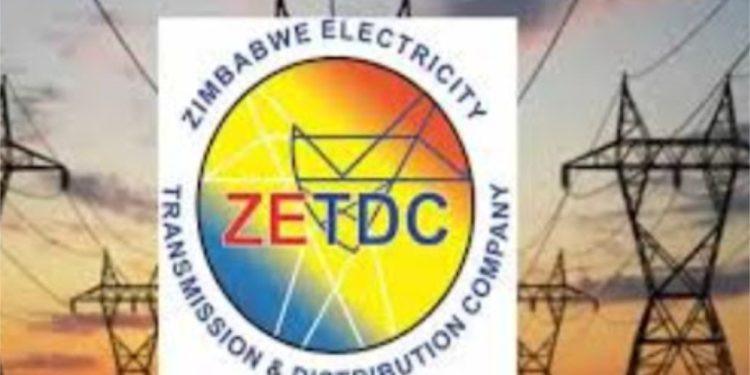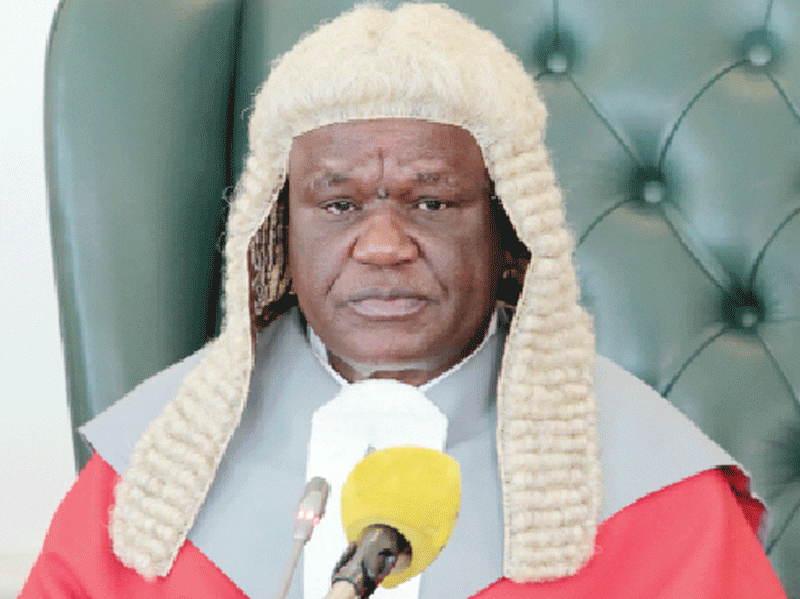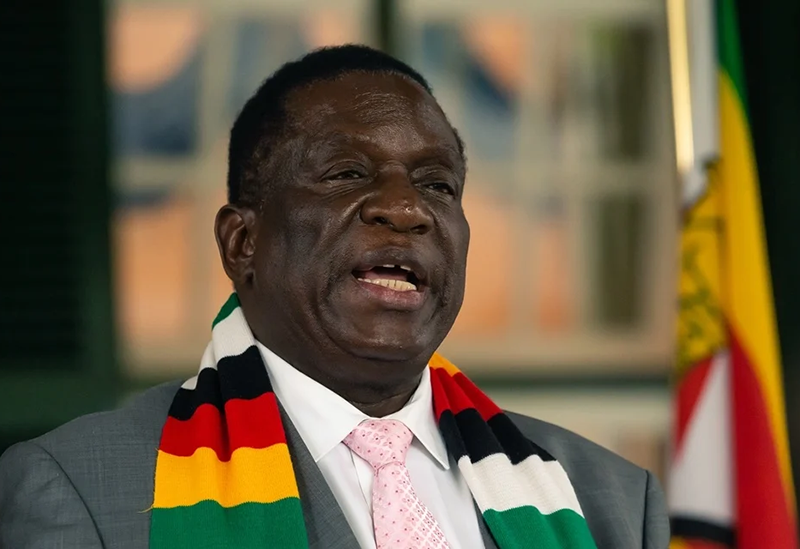
The Zimbabwe Electricity Transmission and Distribution Company (ZETDC), a subsidiary of Zesa, recently announced a mandatory fee of US$25 for inspections and re-inspections of electrical installations throughout the country.
While the stated intentions behind this move are to enhance safety and reliability in the electrical infrastructure, the decision has raised several concerns that merit careful examination.
This article critiques the policy from multiple angles, including financial implications for consumers, the potential effectiveness of the inspections, the broader public safety responsibility, and the systemic issues within the electrical infrastructure in Zimbabwe.
ZETDC has justified the introduction of this fee by citing recent incidents of house fires and electrical accidents linked to unsafe installations.
The company asserts that inspections are crucial for preventing potentially devastating consequences, characterising the enforcement of safety standards as a core component of their mission.
While the need for safety is undeniable and incontrovertible, the mechanism through which ZETDC has chosen to enforce it raises several questions.
Firstly, the imposition of a fee for inspections implies a transactional relationship where safety becomes a chargeable commodity rather than an inherent and integral public good.
This could create a deterrent for homeowners or small businesses that may already be financially strained.
- Low tariffs weigh down ZETDC
- Letters: Govt must introduce social safety nets for unpaid care givers
- Severe power outages loom: Zesa
- Bodies rot at mortuaries as power cuts worsen
Keep Reading
The US$25 inspection fee may appear small on the surface but can accumulate in a nation grappling with economic hardship.
Many families in Zimbabwe are already facing challenges related to rising inflation, job losses, and reduced income levels.
Adding an additional financial burden for safety inspections could exacerbate the plight of these communities, particularly in areas with limited access to electrical services.
Furthermore, the policy raises the issue of equity.
Those who can afford to pay the fee may have their electrical installations inspected, while those who cannot may remain in potentially hazardous living conditions.
Such disparity could lead to a split society where only the affluent can ensure safety in their homes, while lower-income families continue to risk the dangers of unsafe electrical work.
While ZETDC emphasises the importance of these inspections in maintaining safety, one must question the actual efficacy of the inspections themselves.
How frequently will these inspections occur? What qualifications will the inspectors have, and how will ZETDC ensure that inspections are thorough and not merely procedural?
Inspections are only as good as the rigor and professionalism behind them.
In many countries, repeated inspections and regulatory tinkering have proven ineffective when the inspection process itself is compromised.
If ZETDC aims to create a culture of safety, it must invest in the training and development of competent inspectors who are empowered to enforce safety regulations rather than merely collect fees.
The government's role in public safety has historically been one of ensuring that all citizens have access to essential services without the barrier of exorbitant costs.
By shifting the focus from a public safety concern to a revenue-generating mechanism, ZETDC could be undermining its own mandate.
Moreover, the phrase "Your safety is our priority” serves as a somewhat hollow statement when juxtaposed against the requirement for consumers to pay for that safety.
If safety is indeed a priority, then the government should absorb the costs and treat it as an investment in public welfare rather than a burden on the vulnerable.
The introduction of an inspection fee sheds light on the broader systemic issues affecting Zimbabwe’s electrical and energy infrastructure.
Numerous problems plague the sector, including inadequate funding, insufficient maintenance, and a lack of infrastructural investment.
While inspections and inspections can detect faults, they do not solve underlying systemic issues such as outdated wiring, equipment failures, and inadequate response times to electrical emergencies.
ZETDC must consider a more comprehensive approach to addressing these longstanding issues rather than simply implementing inspection fees.
This may involve investment in technology, the training of technicians, public awareness campaigns regarding electrical safety, and promoting community-level engagement to ensure safe practices.
Rather than imposing a fee for inspections, ZETDC could explore alternative avenues for ensuring safety without creating an additional financial burden on consumers.
For instance, funding safety inspections through already existing tax revenue, public-private partnerships, or community engagement initiatives may be more effective.
Additionally, ZETDC could consider a tiered payment model based on income levels, ensuring that only those who can afford to pay contribute to inspection costs.
This would foster a more equitable approach to public safety, allowing for better access to essential services while still maintaining a profit motive for inspections.
An essential component of improving electrical safety is education.
ZETDC could allocate resources toward community programs that teach homeowners about safe practices, encouraging self-regulation and awareness.
By empowering consumers with knowledge about electrical safety, the need for inspections may decrease over time as communities become more proactive in maintaining safety standards.
In conclusion, while ZETDC’s decision to implement a mandatory fee for inspections appears well-intentioned, it is fraught with complexities that warrant robust critique.
The US$25 fee could disproportionately burden low-income households, potentially limiting access to safety measures.
It raises fundamental questions about the role of governmental responsibility in public safety, the efficacy of inspections, and the underlying challenges facing Zimbabwe's electrical infrastructure.
To genuinely prioritise safety, ZETDC must rethink its approach, consider alternative funding mechanisms, invest in effective inspection processes, and enhance public education initiatives.
In the long run, a more equitable and holistic approach is required to ensure that all Zimbabweans can access safe and reliable electrical services without the burden of prohibitive costs.
*Samuel Wadzai is an Informal Economy Expert and currently the Executive Director for the Vendors Initiative for Social and Economic Transformation (VISET) Feedback: Email address: swadzai@visetonline.or
These weekly articles are coordinated by Lovemore Kadenge, an independent consultant, managing consultant of Zawale Consulants (Private) Limited, past president of the Zimbabwe Economics Society and past president of the Chartered Governance & Accountancy Institute in Zimbabwe. Email- kadenge.zes@gmail.com and Mobile No. +263 772 382 852










